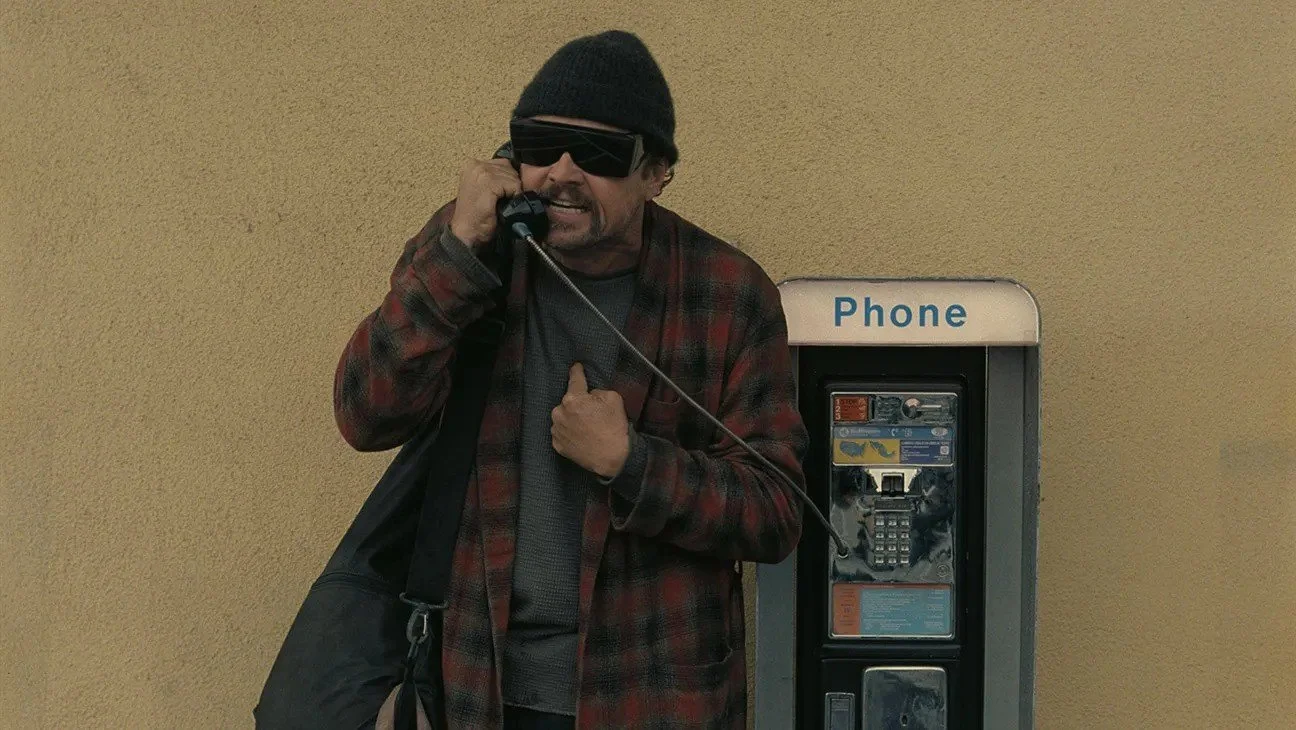Review: Unknown: Cave of Bones (2023)
Are you ever moved by the sight of human bones? It’s a strange question, but it’s the one that Cave of Bones investigates. A part of Netflix’s Unknown series of documentary films, which is their science counterpart to their sports series Untold, Cave of Bones is all about unpacking the stories that lie behind bones. The film imagines the lives of the people—or, rather, proto-human beings, as in this specific case—who we only know as bones fossilized in the earth. It’s often affecting but occasionally dubious as a science documentary, more prone to repetition than the persuasive presentation of evidence.
Cave of Bones follows the work of Lee Berger’s team of paleoanthropologists exploring the Rising Star cave system in South Africa. In 2013, scientists discovered the bones of a hominin species that came to be known as homo naledi in the cave. Subsequent discoveries have encouraged certain scientists, Berger chief among them, to posit that the cave was not just a cave, but also a burial site for the homo naledi. If true, the cave would predate the earliest known homo sapien burial grounds by tens of thousands of years. It’s a huge claim, if true, because it would essentially prove that a pre-homo sapien hominin species had rudimentary forms of culture, ritual, and even perhaps religion.
Mark Mannucci’s film ponders the possibility of whether the naledi buried their dead and believed in an afterlife—not that it ever truly questions the beliefs of Lee Berger and his team. Berger is convinced the naledi find in Rising Star constitutes the most important paleoanthropological discovery in human history since it proves, in his mind, that the naledi had a religion and believed in an afterlife. The possibility is intriguing, for sure, and much of the evidence is convincing. For instance, the discovery of a carving tool found in the clutch of an adolescent naledi in the fetal position seems irrefutable in its proof of burial rituals for this proto-human species; why else place a useful tool in the hand of a deceased child? But Cave of Bones takes the likelihood of ritual and grafts on an entire religious belief system, which is a bit questionable. The film is too literal-minded for such spiritual musings; Werner Herzog’s Cave of Forgotten Dreams it is not.
In many scenes in the film, Mannucci and his team cut to animations of what the naledi might’ve looked like, and what their rituals and relationships might’ve been. The animation style is similar to charcoal drawings or cave paintings, with a brown, washed out palette and rough approximations of these proto-humans burying each other, starting fires, strolling the savannah, even singing and holding hands. The animations are a bit corny, even manipulative when paired with the sweeping, emotional music of Francesco Le Metre. But I can’t say they didn’t touch me as well.
The film imagines the lives of the proto-humans behind the bones, lovingly wanting to believe that they had complex emotional relationships and beliefs in love, and family, and the afterlife. And it’s touching to hear these scientists speak passionately about these possibilities, which speaks to their affection for the proto-humans they’re studying. The science is intriguing, if incomplete. The filmmaking is pretty standard. It’s full of narrow focus close-ups, partially staged fly-on-the-wall sequences, careful framing in studio interviews. The success of Cave of Bones ultimately depends on the answer to the question I began with: are you ever moved by the sight of human bones? If yes, then you might find questions worth pondering in this accessible, if limited, Netflix documentary.
6 out of 10
Unknown: Cave of Bones (2023, USA)
Directed by Mark Mannucci.



Ben Leonberg’s Good Boy succeeds entirely due to its novel concept and the very good dog at its centre.